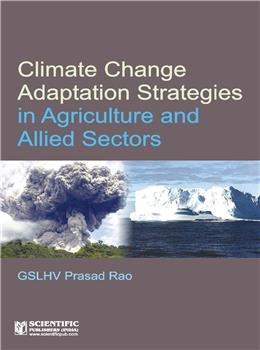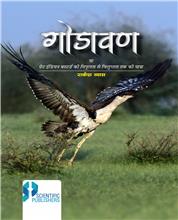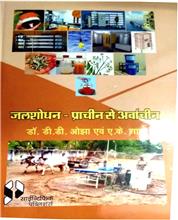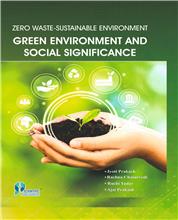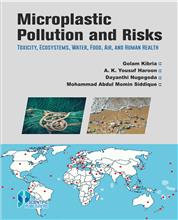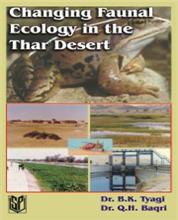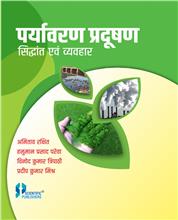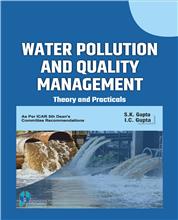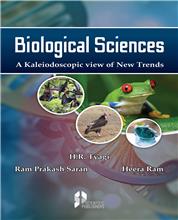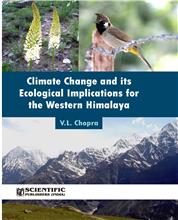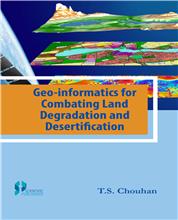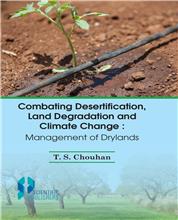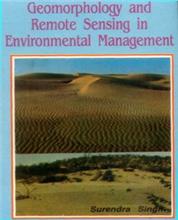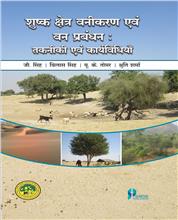Session - I. INVITED PAPERS
1 Climate change - Impacts and mitigation strategies - GGSN Rao, AVMS Rao and VUM Rao
2 Climate change implications for river restoration in global biodiversity hotspots - Professor Peter M Davies
3 Climate change projections and impacts on plantations in the humid tropics - GSLHV Prasada Rao, AVR Kesava Rao, KN Krishna Kumar and CS Gopakumar
4 Climate change adaptation strategies for rice (Oryza sativa L.) in the humid tropics - S. Leena Kumary
5 Has the impact of temperature variability on wheat production been underestimated? - Senthold Asseng, Ian Foster and Neil C Turner
6 Climate change, fodder production and livestock - DVK Nageswara Rao and D Thammi Raju
7 Integrated agromet advisory services for the coastal region of the humid tropics – Future projection under climate change - RP Samui, MV Kamble and JP Sabale
8 Climate change impact on Indian agriculture: Crop insurance as adaptation strategy - KN Rao
9 Climate change adaptation and mitigation in Indian agriculture - B Venkateswarlu, Arun Kumar Shankar and AK Gogoi
10 Climate change and Horticulture - KV Peter and T Pradeep Kumar
11 Impact and adaptation options for Indian marine fisheries to climate change - E Vivekanandan and R Jeyabaskaran
12 Forestry options for climate change adaptation – Strategies and Action Plan - Jose Kallarackal
13 Possible impacts of climate change on water resources of the humid tropics (Kerala) - Kamalakshan Kokkal, P Harinarayanan and MV Aswathy
Session - II. CLIMATE VARIABILITY
14 Climate change impact on the inter-relation between tropical cyclones over north western
Pacific Ocean and Indian summer monsoon - Lekshmi Revi, VM. Sandeep and C.K. Rajan
15 Variability of rainfall over Peninsular India, before and after 1976 - HS Ram Mohan, Lorna R Nayagam and J Rajesh
16 Seasonal variability and trend in rainfall and temperature at Vellayani, Kerala in the humid tropics - P Shalini Pillai, CE Ajithkumar, LG Liji and PS Preetha
17 Astrometeorology – Search for planetary influence on weather - Unnikrishnan T and Prasada Rao GSLHV
Session -III. NATURAL RESOURCE MANAGEMENT
18 Effect of a low cost sub surface dyke using plastic film in conserving soil moisture along the timeline in a sloppy terrain - Abdul Kareem, Thulasi V, Moosa PP and Mini PK
19 Rainwater harvesting to combat the vagaries of monsoon – A case study - KP Visalakshi, Reena Mathew, TK Bridgit and KY Raneesh
20 Climate change and adaptation for better drinking water resource management perspectives: A case study in the humid tropics (Thiruvananthapuram district, Kerala) - V Shravan Kumar, V Murallidharan, P Reshmi and K Dhanya
21 Effect of soil and water management practices on temperature and moisture flux in humid tropical latosols - EJ Joseph, Shamla Rasheed, E Shameer Mohamed and V Sundararajan
22 Climate change projections and possible adaptive measures – A case study over Indo-Gangetic Plains in India - N Subash and HS Ram Mohan
Session -IV. AGRICULTURE
23 The wanted change against climate change: Assessing the role of organic farming as an adaptation strategy - AK Sherief and A Sreejith
24 Biomass yield, carbon partitioning and dynamics of soil carbon under elevated atmospheric CO2 in rice and wheat in a typic haplustept - V Thulasi, Deo pal and P Rajesh
25 Simulation modeling of growth parameters for rice genotypes at different nitrogen level and different dates of transplanting using CERES 3.5 v for eastern Uttar Pradesh, India - Neeraj Kumar and P Tripathi
26 Impact of climate change on soil degradation and rice productivity at Pattambi, Kerala in the humid tropics - R Ilangovan, Pathummal Beevi, GSLHV Prasad Rao and PP Moosa
27 Effect of CO2 enrichment and seed scarification on nitrogen composition of four avenue tree species - GV Sudarsana Rao and SRK Murthy
Session -V. HORTICULTURE (Plantations, Medicinal Plants, Spices and Vegetables)
28 Climate change adaptation strategies in agriculture: Influence of ecological variables on productivity in tea - R Raj Kumar and P Mohan Kumar
29 Screening tomatoes for rainshelter cultivation - P Indira and TE George
30 Implications of climatic change and adaptations in medicinal plants - A. Latha and V.V. Radhakrishnan
31 Identification of morpho-physiological traits contributing towards water stress tolerance in Nendran clones - RV Manju and KB Sony
32 Effect of weather on the productivity of black pepper and coffee under Wayanad conditions - KM Sunil and VS Devadas
33 Yield of promising somaclones in ginger as influenced by weather parameters - MR Shylaja, KV Vijini, EV Nybe, S Krishnan and GSLHV Prasada Rao
34 Influence of micro meteorological factors on flowering and quality of cured beans in vanilla - MR Shylaja, KV Vijini, R Ramya, EV Nybe, GSLHV Prasada Rao, S Krishnan, M Asha
Sankar and A Augustine
35 Climate variability and cocoa in the humid tropics - GSLHV Prasada Rao and N Manikandan
36 Climate variability and cardamom across the Western Ghats of India - GSLHV Prasada Rao and N Manikandan
37 Shifting pattern of rainfall – an ecological indicator affecting plant regeneration – case study of a medicinal orchid - N Mini Raj, S Krishnan S and EV Nybe
38 Response of sowing date and spacing on yield of cabbage - MV Zagade and JN Chaudhari
Session - VI. FISHERIES AND ANIMAL SCIENCES
39 Impact of climate change on fishery at Cuddalore coast - M Srinivasan and T Balasubramanian
40 Effect of climatic variations in incidences of captive elephant violence in Kerala - TS Rajeev, PJ Rajkamal, CR Marshal, KS Anil
41 Heat stress induced disturbances of humoral immunity in chicken - V Ramnath and
KP Sreekumar
42 Effect of summer and rainy seasons of Kerala on haemogram of broiler chicken - K Karthiayini, PT Philomina and KP Sreekumar
43 Weather based animal disease forecasts - PV Tresamol and MR Saseendranath
44 Livestock to mitigate global warming - P.C. Saseendran
